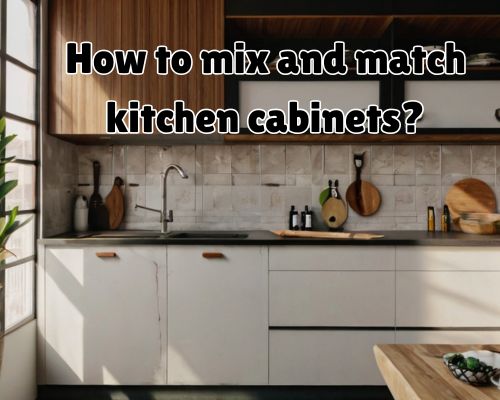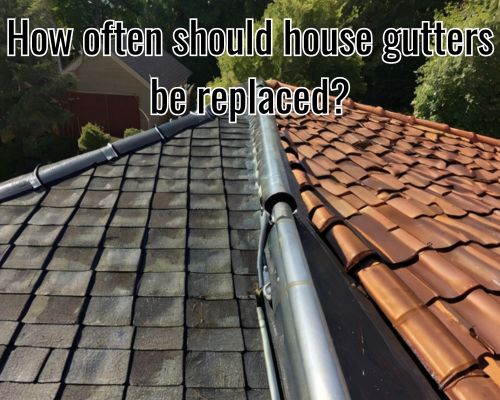Introduction: A Booming Trade Under the Sun
If you’re wondering, “Is starting a roofing business worth it?”—especially in a high-demand locale like West Palm Beach, Florida—you’re not alone. With the city’s subtropical climate, frequent storms, and a steady influx of homeowners and property developers, roofing remains one of the most recession-resistant and profitable trades in the construction sector. But worth isn’t just about profit margins—it’s also about long-term viability, local market saturation, startup costs, and growth potential. In this in-depth article, we’ll explore the real value of starting a roofing company in Palm Beach County, while optimizing for key SEO terms and salience signals that search engines crave.
1. Understanding the West Palm Beach Roofing Market
West Palm Beach is part of the rapidly growing South Florida metroplex. With over 120,000 residents in the city and millions in the surrounding Palm Beach County, the demand for roofing services—including installation, repair, replacement, inspection, and emergency response—is consistent year-round.
The region’s hurricane season, UV exposure, and moisture levels accelerate roof degradation. Tile, metal, asphalt shingle, and flat roofing systems are common in both residential and commercial buildings, which means new and replacement projects are ongoing necessities. This geographic context makes roofing not just relevant—but essential.
🔑 LSI Keywords: storm damage repair, hurricane roof prep, roof insurance claim help, roof inspection West Palm Beach, roofers near me, tile roof replacement Florida
2. Low Barriers to Entry, High Earning Potential
One reason many consider roofing a smart startup move is its relatively low entry barrier compared to other skilled trades. While a Florida contractor license is necessary for most jobs, the process is accessible for those with trade experience, especially if you’ve worked under a licensed contractor. If you meet the requirements—including a credit check, experience verification, and passing the Florida Construction Industry Licensing Board (CILB) exam—you’re in a position to operate legally.
Startup costs are also modest. According to local contractors, you can start a small roofing outfit in West Palm Beach for between $15,000 to $30,000, including:
- Licensing, bonding, and insurance
- Marketing and website setup
- Tools and safety gear
- Truck or trailer
- Basic CRM software
Once operational, gross profit margins in roofing can hover between 30–45%, and top-tier roofers in Florida often earn six figures annually. In Palm Beach County, roofing projects can easily range from $7,000 to $40,000 depending on material, pitch, and square footage.
3. Year-Round Work with Seasonal Peaks
In most parts of the U.S., roofing is seasonal. In West Palm Beach, however, thanks to the tropical climate, roofers can work nearly year-round. The peak demand period is typically June through November, coinciding with hurricane season, when emergency roof repairs and replacements surge.
Commercial contracts with condos, hotels, and real estate developers further stabilize income throughout the year. Plus, Florida’s building codes, among the strictest in the country, mandate frequent inspections and code-compliant repairs, providing a reliable stream of work. See roofing contractors for more.
4. Navigating Competition and Differentiation
Like any worthwhile trade, roofing in West Palm Beach is competitive. Several established roofing companies such as Code Red Roofers, Tiger Team Roofing, and Paul Bange Roofing already serve the area.
However, there are still gaps in the market, especially in:
- Bilingual roofing services (Spanish-speaking support)
- Eco-friendly roofing materials (solar-integrated shingles, cool roofing systems)
- Storm readiness programs
- Fast-turnaround emergency repairs
- Senior or veteran discounts
New companies that emphasize customer experience, digital marketing, and niche offerings often carve out market share quickly. Leveraging Google Business Profile, Nextdoor, Yelp, and local SEO strategies will position your business in front of high-intent customers looking for “licensed roofers in West Palm Beach” or “storm damage roof repair near me.”
5. Local Networking and Licensing Resources
One of the benefits of building a business in West Palm Beach is the city’s support infrastructure for small contractors. The Palm Beach County Contractors Certification Division and the Florida Roofing and Sheet Metal Contractors Association (FRSA) offer excellent networking, certification prep, continuing education, and legal guidance.
Additionally, you can connect with:
- Chambers of Commerce
- Local general contractors
- Property management groups
- HOAs and real estate agents
These relationships help roofing businesses gain referrals and secure long-term service agreements with commercial and multi-family residential accounts.
6. Insurance and Legal Considerations
Operating legally in Florida requires roofing businesses to carry specific insurances, including:
- General liability insurance (minimum $300K)
- Workers’ compensation
- Commercial auto insurance
- Bonding for large-scale contracts
Given Florida’s strict building codes, non-compliance or working without proper documentation can result in hefty fines or business closure. To ensure peace of mind—and client trust—many startups use services like MyFloridaLicense.com to stay updated on regulations. See roofing contractors for more.
7. Challenges to Be Aware Of
While starting a roofing business is worth it for many, it’s not without challenges. Expect:
- Physically demanding labor
- Hiring and retaining reliable labor
- Volatile material costs (especially asphalt shingles and metal sheets)
- Permitting delays
- Client disputes or slow payments
But with the right contracts, customer relationship management (CRM) software, and transparent pricing models, most of these challenges are manageable.
8. Success Stories in Palm Beach County
Take for example Superior Roofing Solutions, a company founded by two ex-roofers in Lake Worth just outside West Palm Beach. In under three years, they scaled from a two-man operation to a 15-person crew by focusing on:
- Storm response within 24 hours
- Partnering with local insurance adjusters
- Offering digital estimates and drone roof inspections
Their success underscores how local knowledge, marketing, and innovation can turn a small roofing startup into a thriving enterprise.
9. Final Verdict: Is It Worth It?
Yes, starting a roofing business in West Palm Beach, Florida, is worth it—if you have the stamina, skill, and strategy. The climate creates a constant demand, the margins are healthy, and the cost to enter the market is relatively low compared to other industries. Moreover, the area’s mix of new construction, aging homes, and storm-related damage ensures that roofing services remain evergreen.
💬 Pro Tip
If you’re considering entering the trade, don’t go in blind. Attend local trade shows, get your licensing in order, and start networking before you open your doors. Consider subcontracting first or partnering with a GC (general contractor) to learn the ropes. As the locals say in West Palm: “Roofs don’t last forever—but a good roofer’s name does.”










